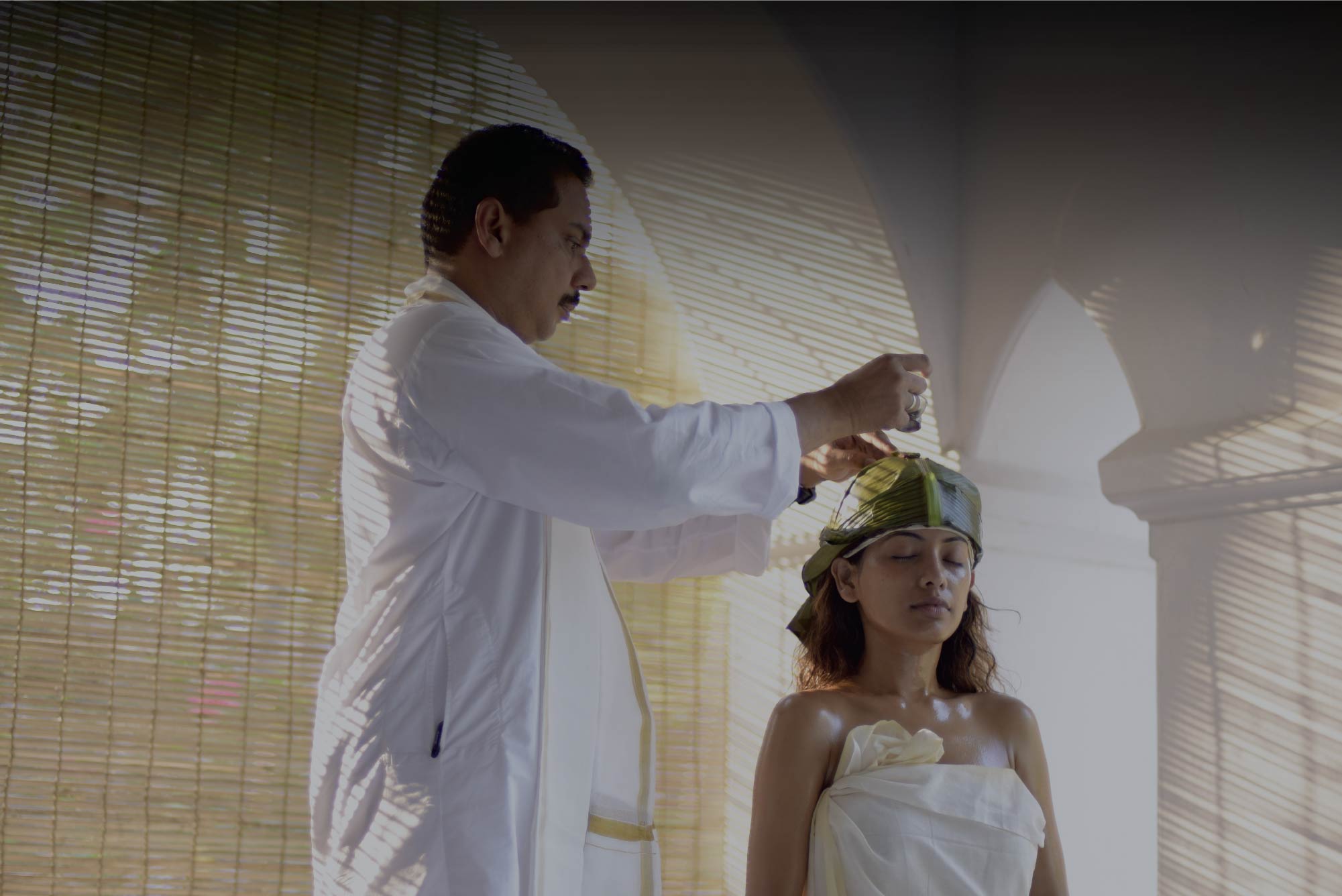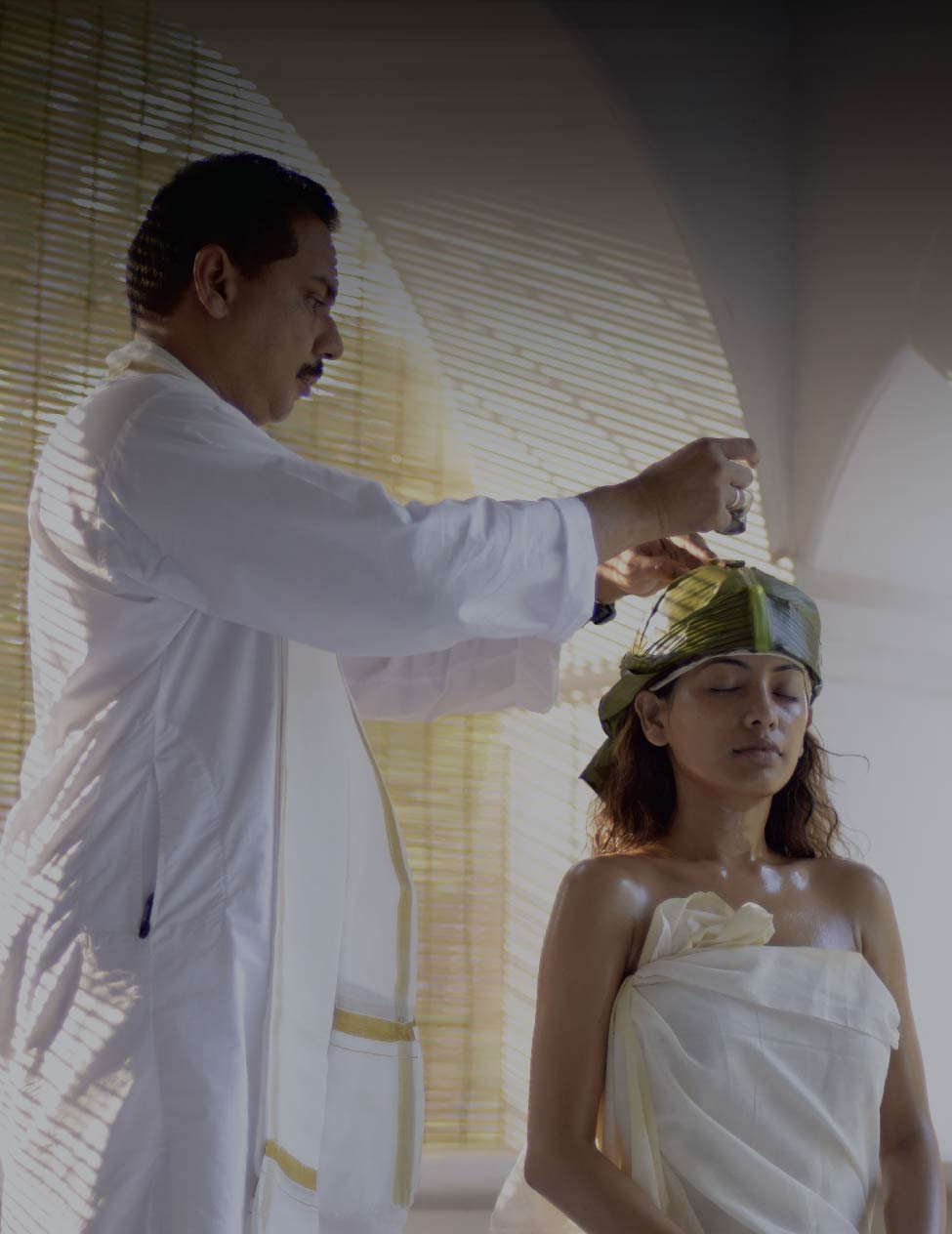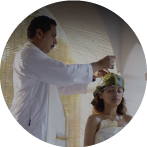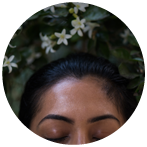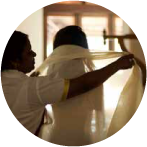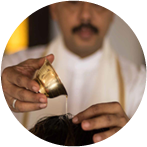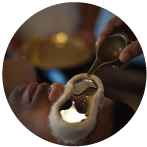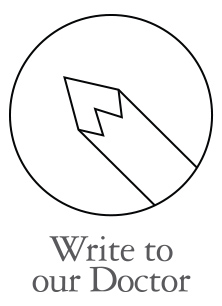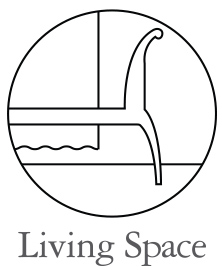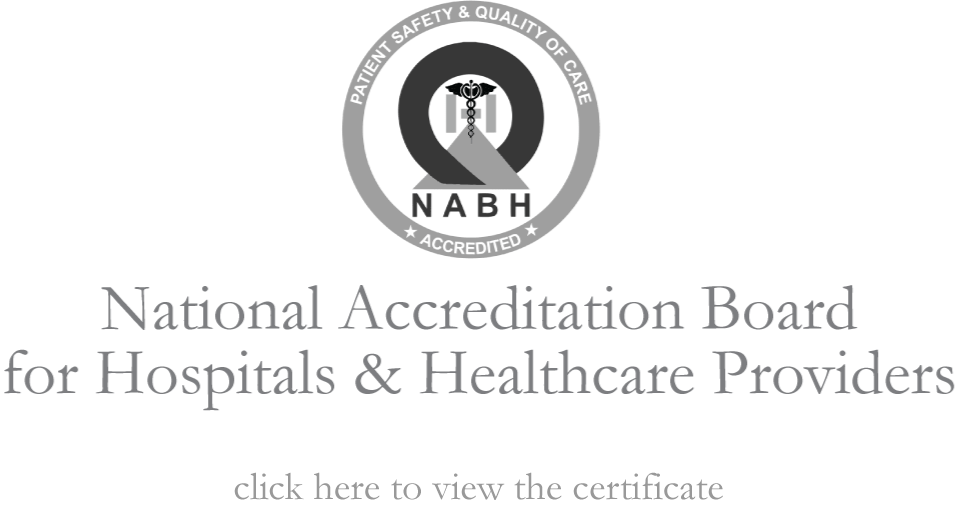Panchakarma is an intensive cleansing treatment that follows the early texts of Ayurveda like Charaka Samhita. Panchakarma, which literally means five actions, is essentially about purification of the body. The five actions of Panchakarma according to Charaka Samhitha are Vamana (induced vomiting), Virechana (purgation), Kashaya Vasti and Sneha Vasti (two kinds of medicated enemas) and Nasya (nasal medication). It is preceded by a preparatory process called Poorvakarma. At this stage the body is prepared for removing “toxins” first through Snehanam which make the body unctuous or oily internally and externally, and second through Swedanam which means therapeutic sweating. Once the preparatory stage is completed, the doctor will prescribe one or more of the 5 Panchakarma cleansing procedures depending on each individual’s condition. The third and final stage of treatment is Samana or Paschatkarma where the patient undergoes corrective measures through medicines, moderate therapeutic treatments, appropriate diet and activities for the body and mind. On completion of the Panchakarma treatment, the imbalances that lead to diseases in the individual is stabilized and brought to equilibrium.
Shodhana chikitsa is a body purification treatment that uses some of the panchakarma procedures.It is preceded by Purvakarma, a stage in which the body is prepared for toxin removal. To undergo a complete detox Panchakarma treatment, a minimum duration of 21 days is required.
Treatment Process
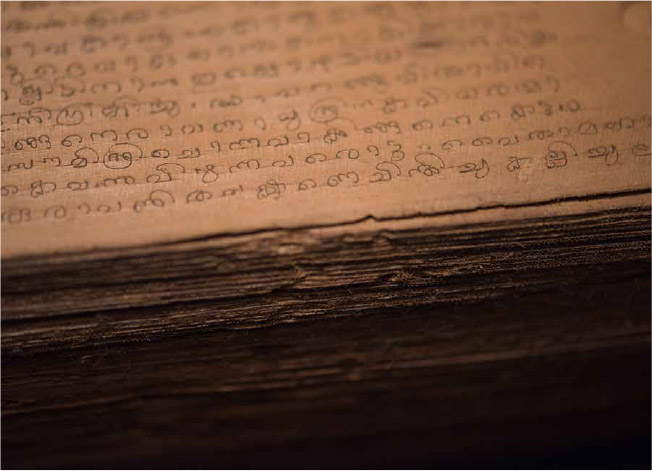
1. Diagnosis
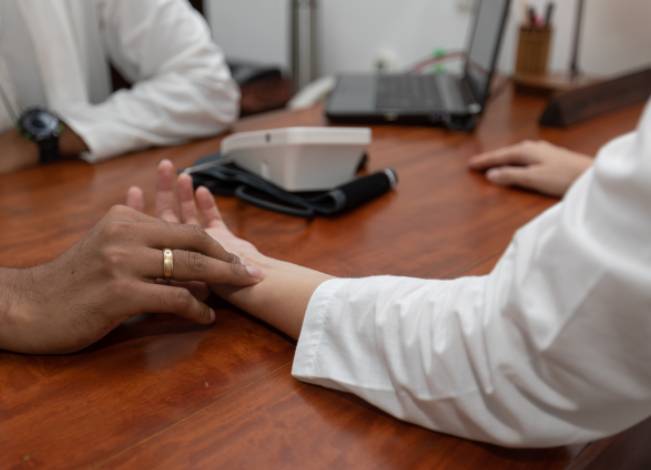
Any treatment offered at CGH Earth Ayurveda begins with the three kinds of diagnostic procedures in keeping with the pure Ayurveda treatments. These are: 1) Darshana – Observing, 2) Sparshana physical examination and 3) Prasna – Interrogating. The Vaidya determines your Doshas or body constitution through extensive examination of the individual using these methods of diagnosis and accordingly arrive at a course of treatment.
2. Treatment Course

1. Poorvakarma – Preparatory stage
During the preparatory stage, the body is prepared for removal of toxins through two methods namely Snehanam where the body is oleated internally and externally and Swedanam where the body undergoes therapeutic sweating. Depending on the medical condition and Doshas, the Vaidya will determine the course of cleansing processes. In some cases, there is a stage prior to Snehana called Rookshna – which literally means “drying” and is done to make the body’s channels ready to absorb Sneha – oil.
Snehanam
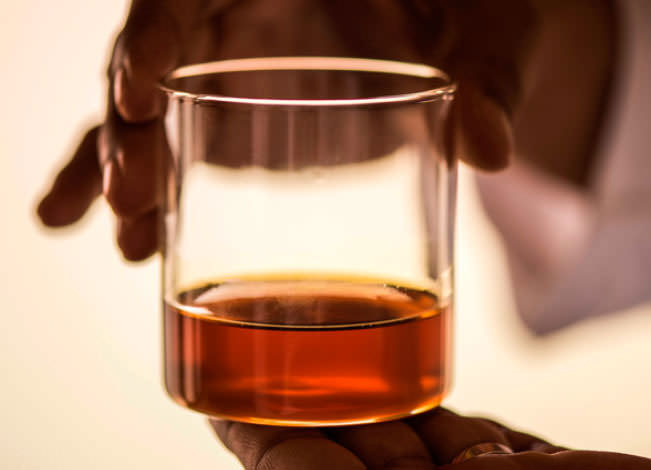
Internal Oleation – The body is made unctuous internally through drinking of medicated ghee (clarified butter). This helps to loosen and move the toxins towards the gastrointestinal tract. Medicated ghee consumed over 3-7 days with increasing dosage according to doctor’s prescription with restricted diet is called Achapanam. The intake of medicated ghee with the normal diet is called Vicharana.
External Oleation- The body is massaged with medicated oil to make it unctuous or oily externally. This too aids in the removal of toxins. The different methods of oil application used are:
Therapeutic oil application on the body
Therapeutic massage done to nourish the body with
medicated oil
Therapeutic massage of vital points on the body
Swedanam

Here the body undergoes therapeutic sweating based on each individual’s dominant dosha or body constitution and medical condition. There are different classifications for swedana therapies according to different texts. It can be broadly classified as Agnikruth ( therapeutic steam with direct heat) and Anagnikrutha ( therapeutic steam without any special apparatus)
Agnikruth
Anagnikruth
• Thapa
Hot water bag application, fomentation, applying heat from a hot stone or cloths etc.
• Upanaha
Done by bandaging with medicines (used in some cases)
• Drava
1.Parishekam Pizhichil (pouring of lukewarm oil), Dhanyamla dhara (pouring of specialfermented medicated water), Kashaya dhara-Pouring of decoction on the body
2. Avagaham Sitting in a tub with hot medicated water
• Ushama
1.Pinda Swedam:
a. Podikizhi
b. Kashaya dhara –
Pouring of decoction
on the body
• Ushama
1. Pinda Swedam:
a. Podikizhi -Therapeutic massaging with warm pouches containing herbal powders
b. Elakizhi –
Therapeutic massaging with warm pouches containing different herbs and medicinal leaves
c. Narangakizhi –
Therapeutic massaging with warm pouches containing lemon, leaves and herbs
d. Dhanyamla kizhi –
Therapeutic massaging using herbal pouches dipped in special herbal decoction called Dhanymla
e. Njavarkizhi –
Therapeutic massaging using pouches containing medicinal rice, milk and decoction
2. Kumbhi swedam:
a. Steam bath
b. Nadi swedam – Local steam application through a hose, etc.
This is done without using heat from any direct source. There are ten different types of Anagnikruth Swedanam and these include covering the body with a heavy blanket, sitting in a warm room for a particular duration of time, etc. Hot water bag application, fomentation, applying heat from a hot stone or cloths etc.
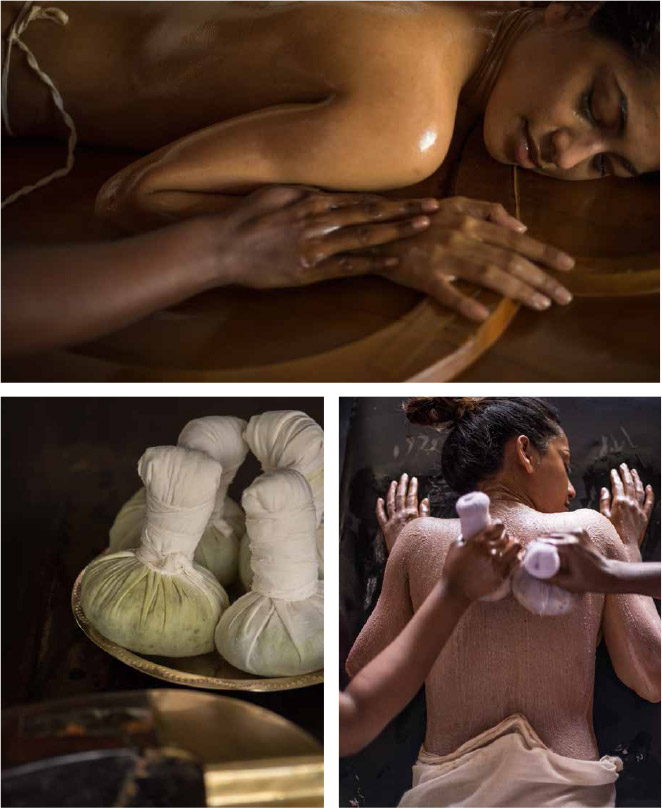
2. Shodana
Cleansing and Elimination stage
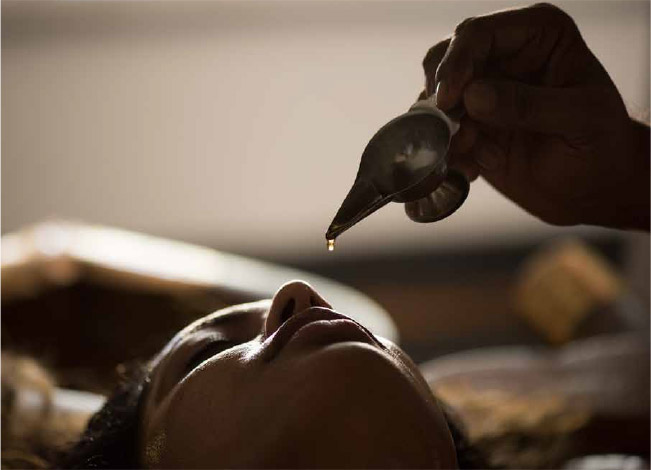
Based on the doctor’s diagnosis, one or more of the Panchakarma are given to the patient. This is the main stage of this treatment and is called Pradhanakarma.
1. Virechana – Therapeutic purging
2. Nasyam – Nasal cleansing
3. Vamana – Therapeutic vomiting
4. Kashayavasthi – Medicated enema
5. Snehavasthi – Medicated enema with oil
3. Samana or Paschatkarma –
Corrective and Rejuvenation stage
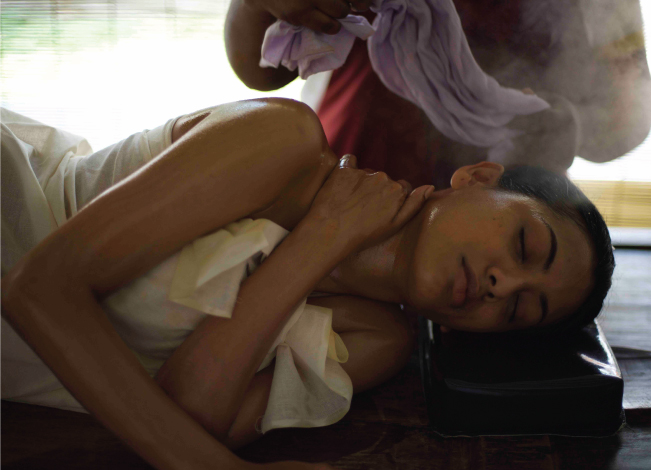
This is the third and final stage of the Panchakarma chikitsa. Moderate corrective and rejuvenating treatments are given to the patient to maintain the beneficial effects of the whole cleansing procedure. The right diet and lifestyle is also prescribed by the physician in order to maintain the benefits of the treatment. Reverting to the old ways of life and diet could worsen the condition by facilitating faster and easier accumulation of toxins. The doctor’s prescribed course of action is designed to suit each body’s unique needs and make-up and following the instructions in its entirety is mandatory to the healing process. Depending on each individual’s condition, one or more of the treatments mentioned below are prescribed.
1. Elakizhi
Therapeutic massaging with warm pouches containing different herbs and medicinal leaves. This helps reduce inflammation in the body and to strengthen muscles
2. Narangakizhi
Therapeutic massaging with warm pouches containing lemon, leaves and herbs
3. Dhanyakizhi
Therapeutic Massaging with pouches made with grains
4. Njavarakizhi
Application of medicinal rice gruel contained in a pouch over the body. This will strengthen the muscles, skin, bone and joints
5. Njavaratheppu
Application of medicinal rice paste. This treatment is more penetrating and is given for those who cannot take Najavarakizhi
6. Pizhichil
Pouring of lukewarm oil on the body
7. Kashaya dhara
Rhythmic pouring of medicated milk all over the body using a traditional vessel called kindi. This helps to pacify the dosha imbalance
8. Thalapothichal
Application of medicated paste on the head. This treatment helps to calm the mind and is helpful in getting good sleep. With the right herbs, it is good for the hair also
9. Thakradhara
Pouring of medicated buttermilk over the forehead in a continuous stream
10. Ksheeradhara
Pouring of medicated milk on the forehead, body or both
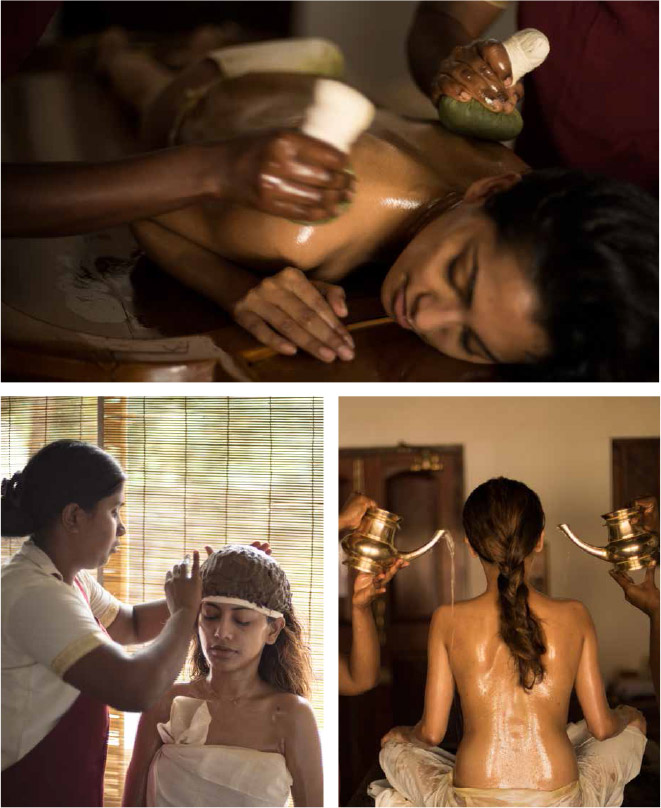
4. Upakarma or Supporting treatments

The doctor after diagnosis will determine if the patient requires supporting treatments mentioned below:
1. Netra Kalpana – Treatment for the eye
Sekam (pouring or herbal water over closed eye), Aschyothanam (Eye drops), Vidalakam (Appling paste on eyelid), Anjanam (applying medicine inside the eyelid) Tharpanam (keeping a pool of medicated ghee over the eye) etc.
2. Murdha Tailam – Treatment for the head and neck region
Sirodhara (pouring of oil over forehead), Pichu (keeping a piece of cotton soaked in oil over head) and Sirovasthy (keeping a pool of oil on the head within a contained area, for a prescribed time.)
3. Karna Kalpana – Treatment for the ear
a. Karna poornam – Treatment for the ear by keeping oil inside ear
b. Karnadhoopanam – Treatment for the ear by fumigation
4. Oral treatments
Gandoosham (Holding medicated oil in the mouth without swallowing), Kabalam (gargling with oil) and Prathisaranam (applying paste inside the oral cavity).
5. Mukahalepam – Face treatment according to condition
6. Vasthy Treatments
A treatment for a specific area of the body by keeping medicated oil for a prescribed duration is also called vasthy. The oil is prevented from flowing down by creating a boundary with black gram dough. Depending on the part of the body, there are different types like Kadeevasthy for lower back, Januvasthy for knee, Greevas vasthy for the neck and Prushta vasthy for back etc.
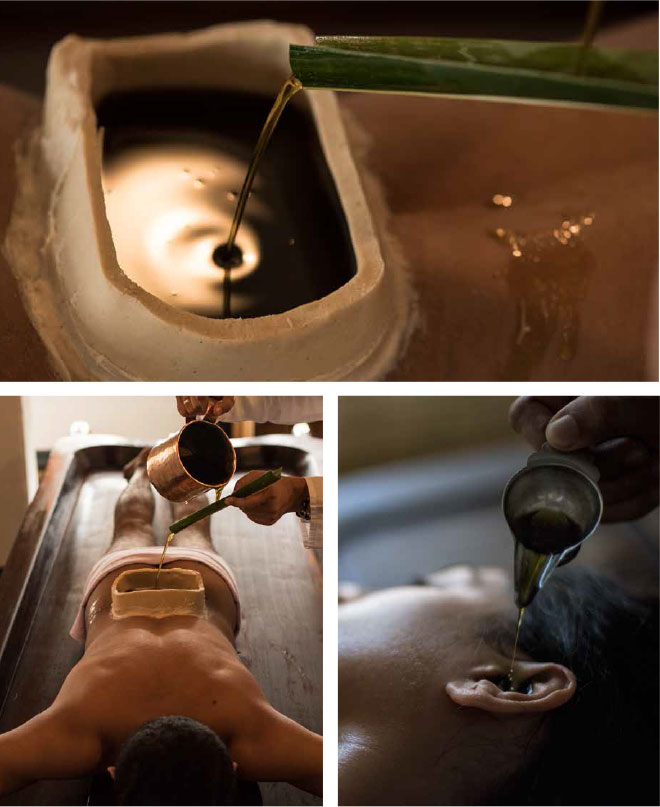
—Doctor’s note—
The treatment procedures are determined according to each person’s medical condition and doshas. All of the above mentioned treatments are not given to a person at one time. The doctor will also determine if additional treatments for other ailments are given to the patient.
3. Medicines
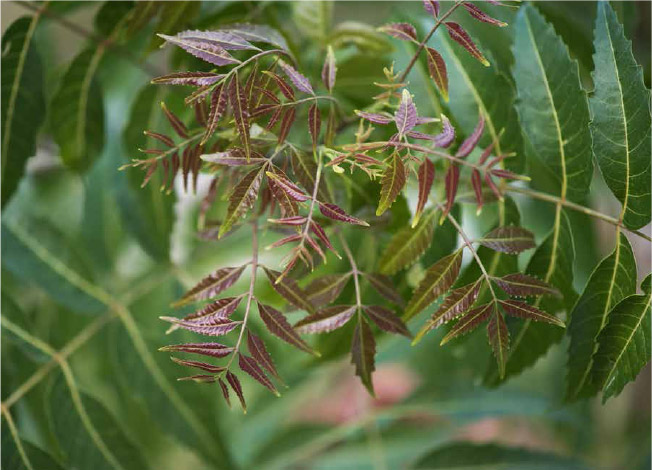
The therapeutic treatments are supported by internal herbal medicines. Following the traditional Ayurvedic principles, medicines, both for external and internal use, are prepared at the CGH Earth Ayurveda’s healthcare facilities from organically grown local herbs at the herbal garden. These are freshly picked for use by the gardeners who care for them with love and attention. This enhances their effectiveness. The medicines are prepared at the Ayurveda kitchen based on hygienic and traditional practices. In fact, a well thought-out scientific principle is applied to the use of all these medicines which are prepared using intensive and lengthy procedures
using select ingredients and with a lot of spiritual dedication. Their consumption as per the physician’s instructions is very important and mandatory to the healing process. Specific medicines are also sourced from other reputed Ayurveda Pharmacies in Kerala.
Internal medicines
used in Ayurvedic treatments
typically include:
Kashayam – A herbal decoction
Choornam – A powdered medicine
Gulika – Tablets
Lehyam – Herbal Mamalades
Gritham – Medicated ghee
Arishtam/ Asavam – Fermented decoction
External medicine —
Massage oils or Thailas:
Oils used as part of Panchakarma and other procedures are prepared with herbal decoction or fresh herbal juice. They are mixed with a medicinal herbal paste and sesame oil as the base and cooked together. This process is a long procedure taking up to 2-5 days to prepare ensuring the whole mix reaches a non-sticky stage after continuous stirring. The therapist massages this oil onto the skin making sure it is completely absorbed. This oil nourishes and regenerates the cells, stimulates the lymphatic system, releases the toxins and carries them to the surface of the skin. After treatment, the skin is washed with a paste made of chicken pea and lentil flour.

4. Food

Diet and lifestyle being core aspects of the Ayurvedic healing process, are integral to the treatment. There are many specific guidelines to be followed while consuming food as Ayurveda distinguishes six different tastes or Rasas which interact with the five elements in the body. Food is an intrinsic factor in balancing the bio-energies according to each individual’s body constitution and the balance of five elements. Ayurveda also strongly recommends the consumption of fresh and organic food and encourages mindful or meditative eating by which the full essence of food can be assimilated by the body in an aware, fully engaged and respectful manner. At CGH Earth Ayurveda these basic principles are strictly followed with the doctor prescribing a specific diet for each person with the focus being on a Sattvic diet that has a corrective and revitalizing effect. The chef at the kitchen on his part closely follows the doctor’s instructions for each individual’s diet and accordingly prepares his meals using freshly plucked vegetable organically grown at the herb garden, which in turn is tended to with care by a staff tuned to the healing ethos.
5. Yoga & Meditation
Yoga

Yoga is an ancient Indian physical, mental and spiritual practice with the origins dating back to the 5th or 6th century BC. It means to ‘integrate’ ‘combine’ or ‘unite’ and it addresses ways of integrating the body, senses, life force, the mind and the consciousness. Yoga is thus used to complement the whole healing process of the treatment with the Hatha style which concentrates mainly on the practice of physical postures (Aasanás) with an emphasis on meditation and Pranayama breathing techniques. This kind of yoga is accessible to all and is light so as to support the treatment process. There is no age limit and no previous knowledge or experience required. Each one is initially supported on an individual basis until he or she is ready to partake in the group exercises. This complete body and mind experience is aimed at improving your health and total well-being.
Meditation
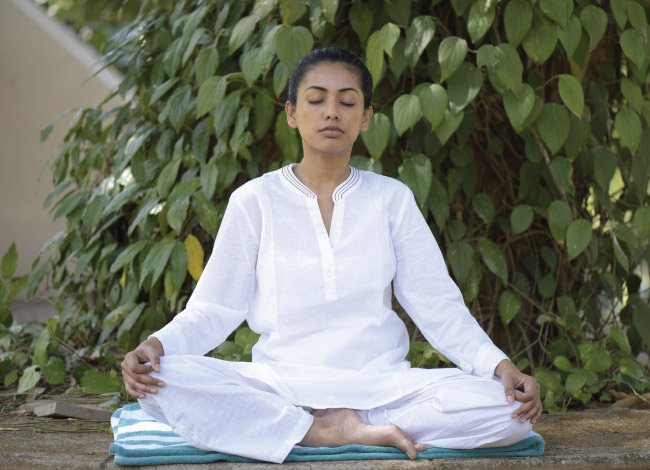
With Ayurveda’s thrust on internal healing, meditation as a practice in disciplining the mind and the thinking process is made a core part of the treatment at CGH Earth Ayurveda. Meditation techniques are used to calm and relax both the mind and the body since both the mind and the body are closely tuned to each other. One of the effective techniques of meditation used here is the Candlelight Meditation in which a group sits around a burning candle and gazes at the flame for several minutes focusing on it as long as possible and praying together. This helps in gaining clarity, peace and positive energy.
6. Satsang
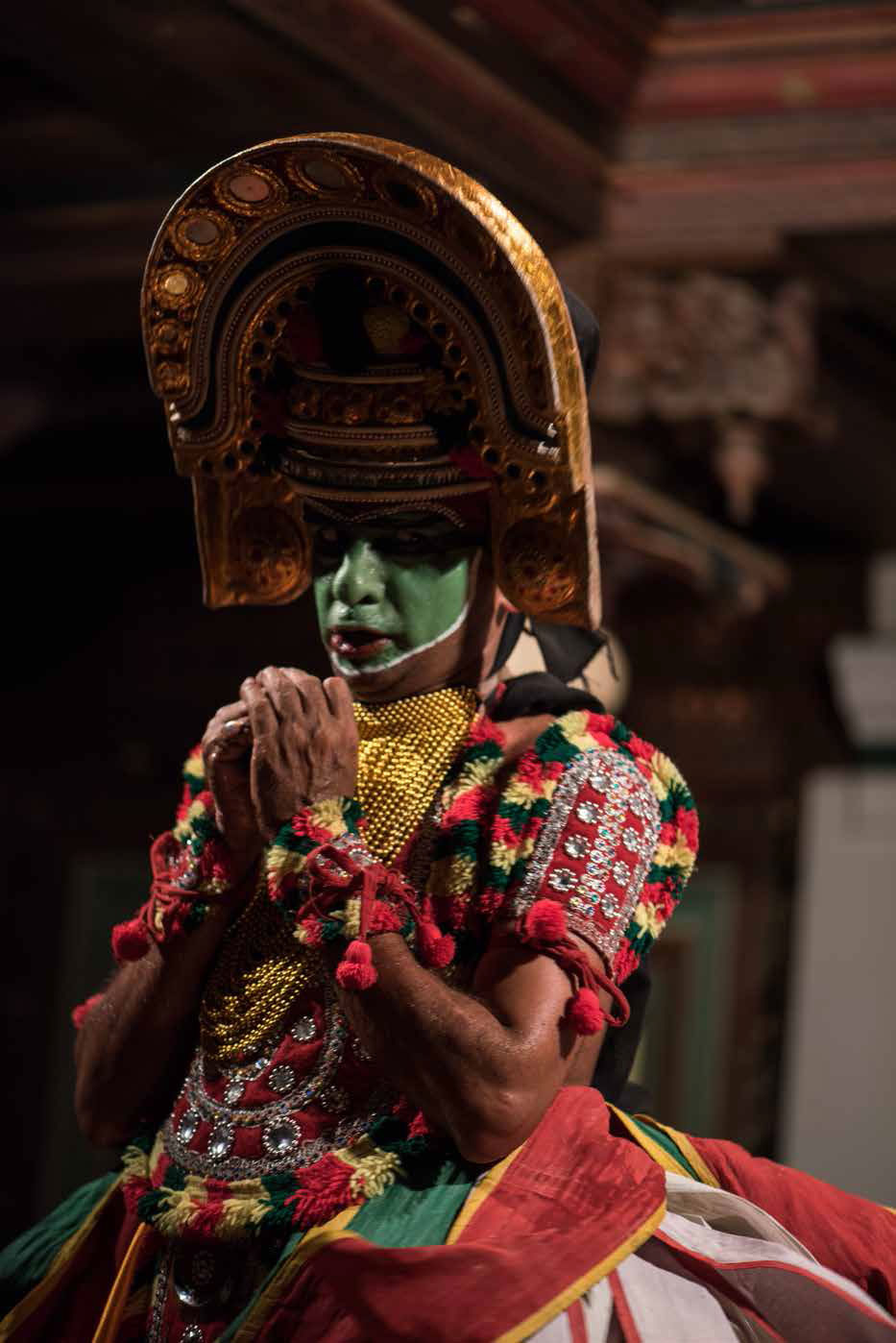
Satsang which can be translated as ‘true company’ (sat- true, sang- company) has always been one of the fundamental elements of Indian philosophy and it means: 1.Company of the highest truth, 2. The company of a Guru 3. An assembly of people which listens to, talks about and assimilates the truth. This involves listening to or reading the scriptures, reflecting on them, absorbing their meaning, understanding and discussing the meaning of certain words and integrating their significance into one’s daily life. The idea of Satsang may be traced back to Rishis or ancient Indian spiritual masters such as Vedavyasa and Valmiki who explained their value in numerous ways. Satsangs are thus a significant aspect of the CGH Earth Ayurvedic treatments as they add the necessary uplifting edge to the whole recovery process by enhancing positive energy. Patients are therefore encouraged to partake of a rich cultural and spiritual offering including discourses, classical music and dance performances, Mantra chanting, candlelight meditation, Yoga discourses , Kalaripayattu demonstrations and doctors’ talks during the treatment course.
Testimonials
“Dear all, congratulations and many thanks again to all for the treatment and hospitality. I shall be looking forward to my 10th visit to Kalari Kovilakom! With my warmest regards!”
– Ms Florence
“ I have come to Kalari six times with more or less the same enthusiasm each time and every time I leave in top shape, all perked up and full of energy to face the life of everyday. In addition, this year the company of guest was very nice which added to the quality of treatment. Thanks to Sir Cherry, Dr Jouhar and the beautiful team that surrounds them. With warm regards.”
– Richar Ambrosetti

